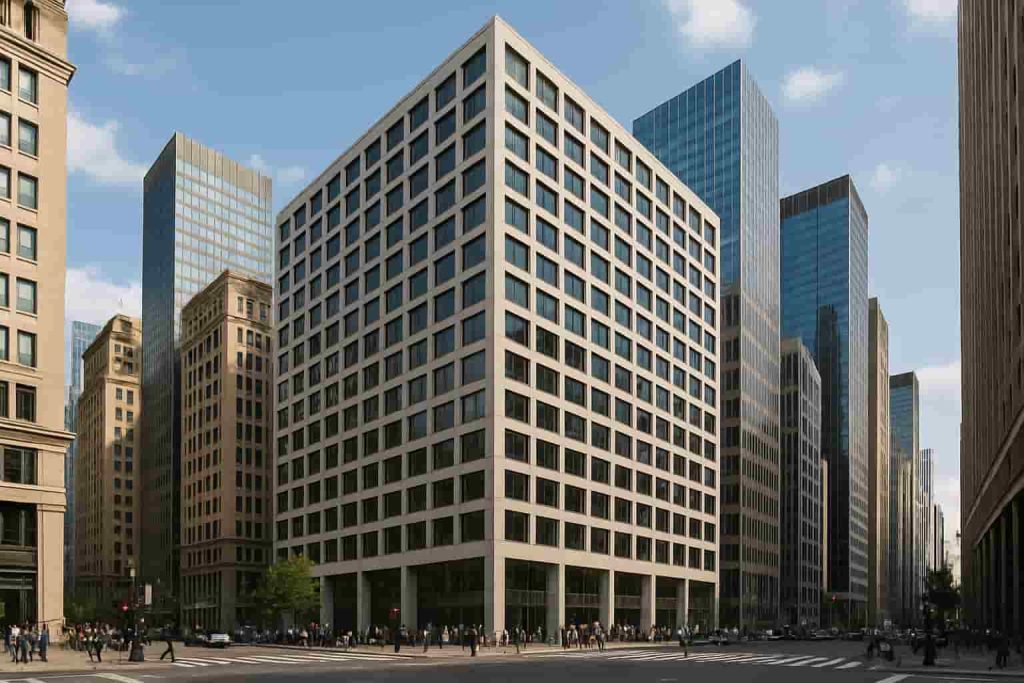Higher interest rates are currently affecting property investors more so than owner-occupiers according to official numbers from the Australian Bureau of Statistics.
For the month of July new housing loan commitments dropped for both types of purchaser, but it was felt more sharply by investors with an 11.2 per cent drop compared to 7 per cent by owner-occupiers.
The Reserve Bank has made successive rate hikes in recent months, lifting the cash rate to 2.35 per cent, from its historic low of 0.1 per cent.
CoreLogic head of research Eliza Owen explained why she thinks investors are more sensitive to the hikes than owner-occupiers when she spoke to Your Investment Property Magazine.
“Using the sale of an existing home to fund their next home purchase, subsequent home buyers would likely need to take out less debt than first-home buyers, thus being less affected by rate rises,” she said.
“Investors are likely to be more sensitive to a lift in rate rises — although investors can offset the expense of higher interest rate payments as a tax deduction, investors are typically more leveraged than owner occupiers, and have inherently higher mortgage rates.”
The fact that higher rates puts downward pressure on property prices is the other thing to be mindful of when looking at the discrepancy, with first-home buyers especially suited to falling prices in combination with government stimulus measures.
“The main difference between the buyer types over historic downswings is that first-home buyer demand for finance has traditionally been more resilient through downswings,” Ms Owen told Your Investment Property Magazine.
“On the other hand, subsequent homebuyers and investors have seen a more distinct decline in demand for housing finance initially through downswings.”
While investors are dropping off at a faster rate than owner-occupiers right now, Ms Owen said they are every chance to start picking up pace again over the longer term.
“For investors, we would expect demand to pick up longer term when there is more certainty around the trajectory of mortgage rates and price declines start to flatten out,” she said.
“This is because rental market conditions remain strong, with more rental demand expected as overseas migration returns. Gross rental yields are trending higher as rents rise in most cities while housing values trend lower.”
Ms Owen said while first-home buyer demand could be reliant on more government assistance packages to keep up momentum, it was subsequent buyers that were set to dominate property buying.
“Historically, subsequent buyers have accounted for around 48% of monthly borrowing for home purchases, and over the short term could make up a greater-than-usual share of transactions as first-home buyer and investor demand is more sensitive to increased mortgage rates,” she said.
“But even this relatively resilient buyer segment is likely to see a gradual decline in activity, as long as interest rates are rising.”



